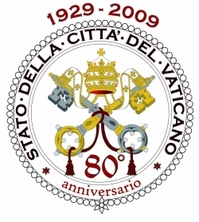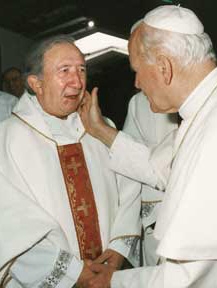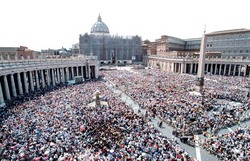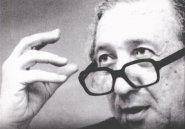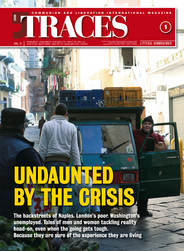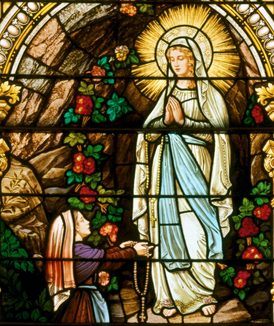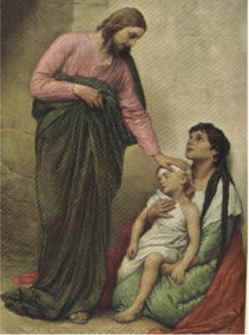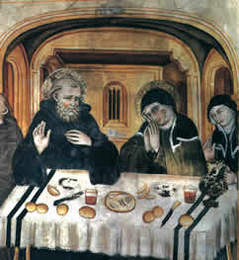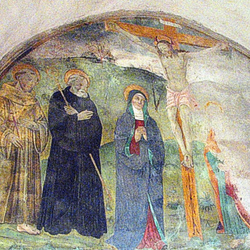 Pope Benedict received members of the Conference of Presidents of Major American Jewish Organisations today. Speaking English, the Pope recalled his visit to a synagogue in
Pope Benedict received members of the Conference of Presidents of Major American Jewish Organisations today. Speaking English, the Pope recalled his visit to a synagogue in
As I walked through the entrance to that place of horror, the scene of such untold suffering I meditated on the countless number of prisoners, so many of them Jews, who had trodden that same path into captivity at Auschwitz and in all the other prison camps. How can we begin to grasp the enormity of what took place in those infamous prisons? The entire human race feels deep shame at the savage brutality shown to your people at that time.
The Church is profoundly and irrevocably committed to reject all anti-Semitism and to continue to build good and lasting relations between our two communities. If there is one particular image which encapsulates this commitment, it is the moment when my beloved predecessor Pope John Paul II stood at the Western Wall in
The hatred and contempt for men, women and children that was manifested in the Shoah was a crime against God and against humanity. … It is beyond question that any denial or minimisation of this terrible crime is intolerable and altogether unacceptable.
This terrible chapter in our history must never be forgotten. Remembrance – it is rightly said – is ‘memoria futuri’, a warning to us for the future, and a summons to strive for reconciliation. To remember is to do everything in our power to prevent any recurrence of such a catastrophe within the human family by building bridges of lasting friendship.
It is my fervent prayer that the memory of this appalling crime will strengthen our determination to heal the wounds that for too long have sullied relations between Christians and Jews. It is my heartfelt desire that the friendship we now enjoy will grow ever stronger, so that the Church’s irrevocable commitment to respectful and harmonious relations with the people of the Covenant will bear fruit in abundance.
See the Pope speak about the Shoah.
Are we clear? Are there any questions about where the Church (and the Pope) stand on this matter?
